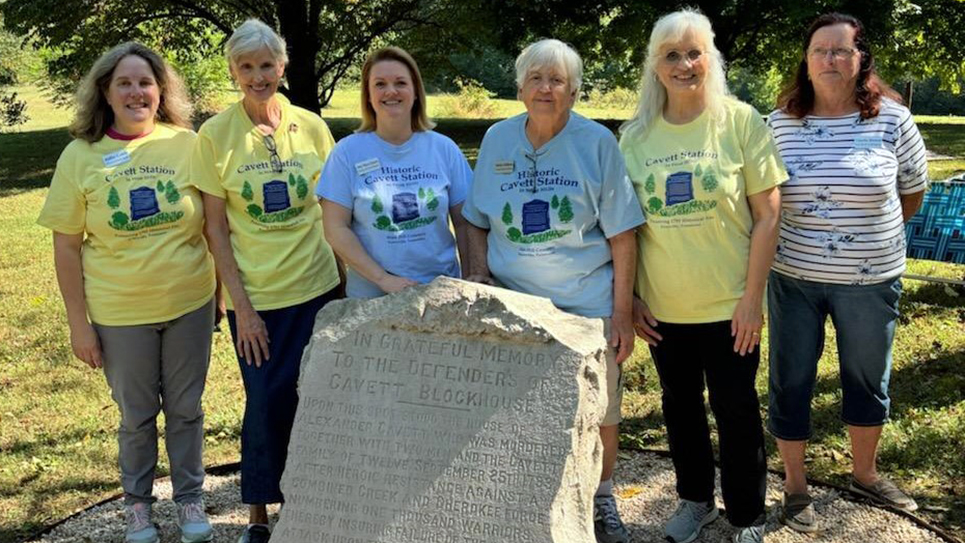The sideline of choice
By Tom Mattingly
Does it matter which side of the football field your favorite team stands on?
It’s a tough question.
The argument goes like this.
If your bench is on the east side (opposite the press box), your team is in the sun, regardless of the time of year. If your team is on the west, or press box, side, it’s cooler, whether the game is played in September, October, or November. There may also be some element of tradition involved in the choice of bench area.
Whether under the tutelage of Gen. Robert R. Neyland, Bill Britton, John Barnhill, Harvey Robinson, Bowden Wyatt or Jim McDonald, the Vols occupied the east sideline area of Shields-Watkins Field. That was the sideline closest to the Tennessee dressing room, at that time located under the east stands at midfield. It was a matter of convenience.
The visitors were headquartered on the west side.
That bench configuration allowed Bill Battle to have stood on the west side of the field as an Alabama player in 1960 and 1962 and as Vol head coach from 1970 through 1976. A great many things happened in the intervening seasons to make that possible.
Here’s another consideration. When a game is on television, the coach on the east sideline can find himself in the camera shot a great portion of the game with a minimum of effort. Rumor has it that Bear Bryant used his sideline position opposite the press box to great advantage.
Doug Dickey moved the Vol bench area to the west side in 1964, allowing the team to enter the field area through a large “T” formed by the band. He and Dr. W J Julian made that happen, and “Doc” suggested there would be an uproar of monumental proportions if, for some reason, it didn’t happen.
Moving the Tennessee dressing room to the north end in 1983 caused a few logistical problems. From the LSU game that season through the 1992 Kentucky game, the Vols ran through the “T” and turned right to the west side.
Tennessee’s bench area moved back to the east side in 1993, thanks to an SEC crowd control directive prohibiting home team students from sitting directly behind the opposing team’s bench. From the 1993 season opener to the 2009 season finale against Vanderbilt, there was a left turn required after coming through the “T.”
In 2010, the Vols moved back to the west side. It also required another right turn as the Vols came onto the field at game time.
Here’s another historic angle to the entire bench area issue.
At Alabama, it was an article of faith during the Bear Bryant, Ray Perkins, Bill Curry, Gene Stallings, and Mike Dubose eras that the Alabama bench would be on the east side of either Bryant-Denny Stadium in Tuscaloosa or Legion Field in Birmingham. That was seemingly ordained from on high, revered by a great many from the Alabama fan base.
Then came Dennis Franchione (“Coach Fran”), who had a cup of coffee in Tuscaloosa and left for supposedly greener pastures in College Station, Texas. During his time as head coach, the Tide bench moved to the west side of Legion Field and Bryant-Denny Stadium, with Mike Shula and Nick Saban following suit.
Tide purists might not have endorsed the idea of some opposing coach, a mere mortal, walking on the same turf Bryant and the others walked on, but that’s what happened.
Not only did Alabama change sidelines, but the Tide also stopped playing at Legion Field as well. Not just for the “Iron Bowl,” but for every other game traditionally played there as well, including the “Third Saturday in October” game with Tennessee. The capacity crowds left the stadium on Graymont Avenue and moved to campus venues in Auburn and Tuscaloosa. The former “Football Capital of the South” seemed to be a shadow of its former self.
What Birmingham civic leaders considered a divine right yielded to the economic reality of increasingly larger stadiums on each campus. Somehow playing a “home game” nearly 50 miles from Alabama’s campus and at least 100 miles from Auburn’s seemed foolish.
In large measure, the location of the team bench or even the game venue, for that matter, did not seem as important to fans on either side as what was happening on the field. The location may have changed, but the intensity of the contest in the stands and on the field has not diminished in the least.






